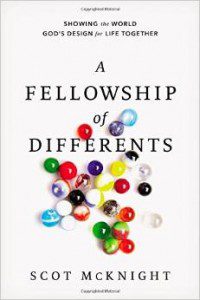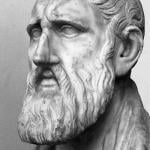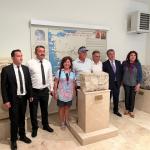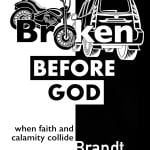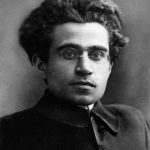 On Labor Day I ceased from my labors and read Pope Francis, Lumen Fidei (“The Light of Faith”), the first of Pope Francis’ encyclicals. This encyclical is sent to “the bishops, priests and deacons, men and women religious, and to the lay faithful.” Which means it is sent to most Catholics.
On Labor Day I ceased from my labors and read Pope Francis, Lumen Fidei (“The Light of Faith”), the first of Pope Francis’ encyclicals. This encyclical is sent to “the bishops, priests and deacons, men and women religious, and to the lay faithful.” Which means it is sent to most Catholics.
It is an essay on faith. This encyclical, though sent by Pope Francis was originally drafted by Pope Benedict XVI, and was the third of his encyclicals on love (Caritas in Veritate), hope (Spe Salvi) and now on faith. I told a Catholic theologian I’d like to have a red-letter edition of this encyclical to discover just how much of it is from Francis and how much from Benedict; it sounds like Benedict’s other encyclicals to me.
This is a valuable source for anyone studying the nature of Christian faith.
How do you define “faith”? Do you include or exclude the following four elements from this encyclical?
A few observations:
First, in classic Benedict XVI fashion, faith (as with hope) is strongly connected to love … love is the essential virtue and fundamental relationship to God and God to us. Faith is here drawn into the orbit of love — all good for me. Hence, his first section is called “We have believe in love” (not so much the object of faith but believing in the mode of love). Very good idea. He traces faith from Abraham through Israel to the fullness of Christian faith and that we are saved by faith. Most importantly, faith is drawn into the ambit of the church: through the church we learn about faith and experience faith. For this encyclical, faith is 100% personal union with God, trusting in God and in what God has done for us in Christ, and yet it is a faith that participates in Christ’s own faith.
Second, faith is tied to knowledge, and most importantly to truth, to sight, to reason, to the search for God and to theology. What I like in this section, which again showed the ecclesial nature of faith, was that faith was connected to “deep memory”: we remember in faith. Memory shapes faith and stirs faith. Faith also lights up the path of history: he doesn’t say it but he comes close often to saying that faith generates understanding. Faith is a process of gazing at Christ and in Christ gazing at truth. Faith empowers science. Theology, he argues, is to be at the service of the church, especially ordinary Christians — a word in need of hearing by many evangelical scholars and theologians.
Third, faith is shaped in the womb of the church. The church is the mother of faith. There are four elements of carrying on the faith in the church: the profession of faith, the celebration of the sacraments (baptism, eucharist), the Ten Commandments and prayer (the Lord’s Prayer). This seems old; it is … and it is how the faith has been passed on in the church.
Fourth, faith reshapes all of life — for the common good, for the family, for life in society, for consolation in suffering — and, true to Benedict’s form, this faith is especially seen in Mary, mother of Jesus.






